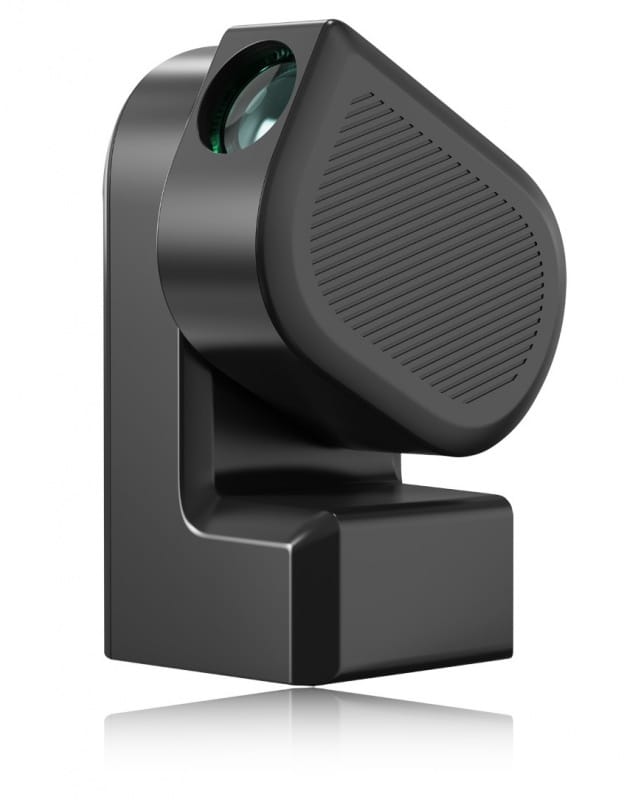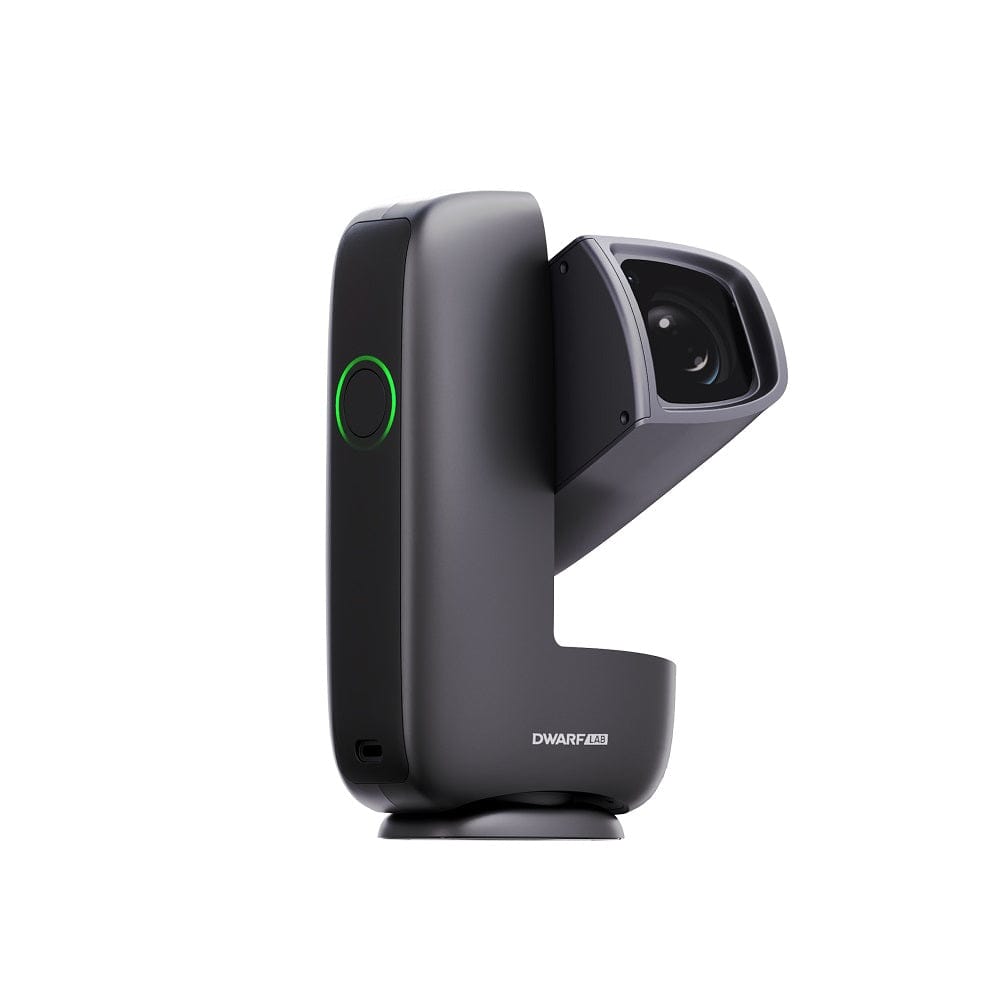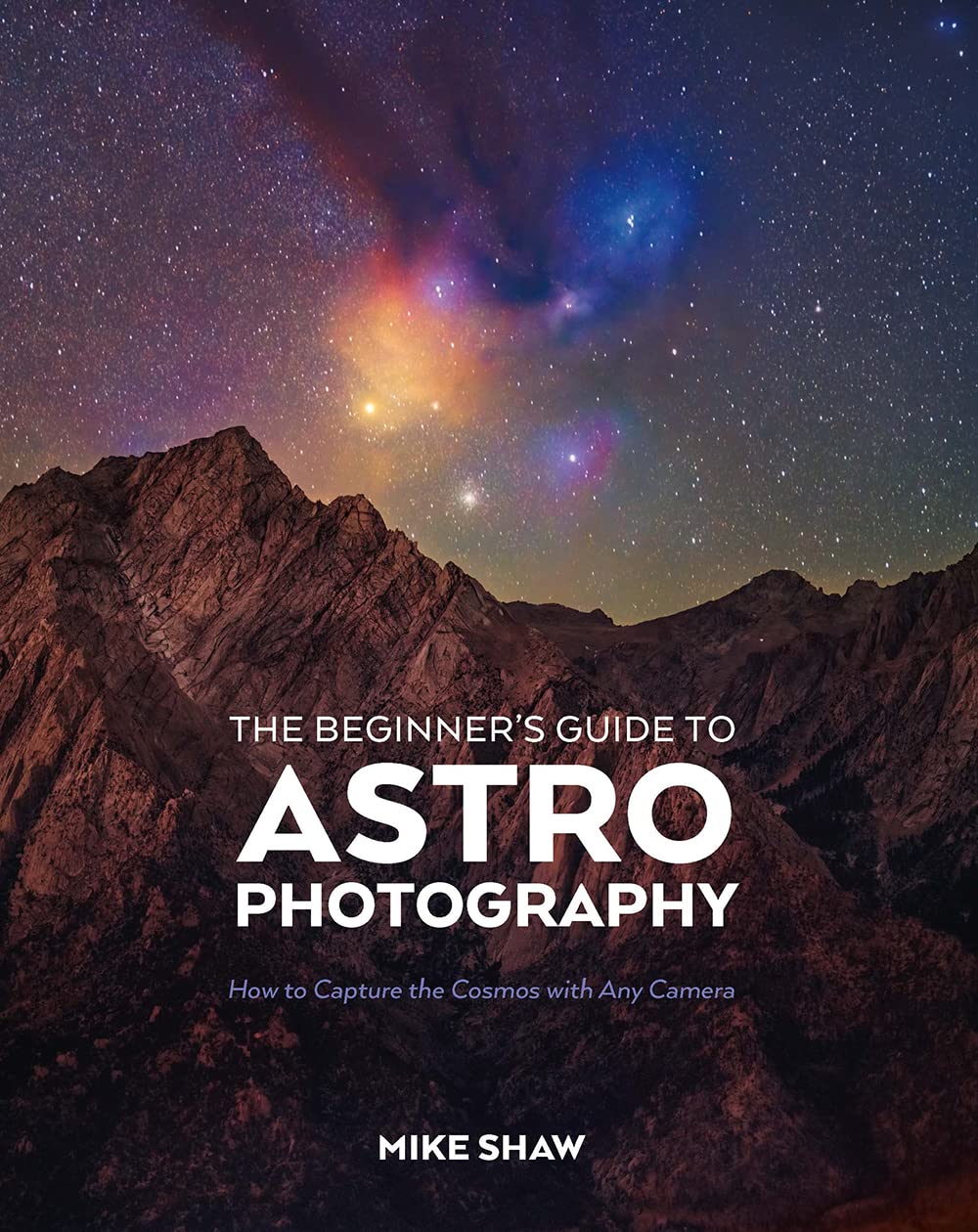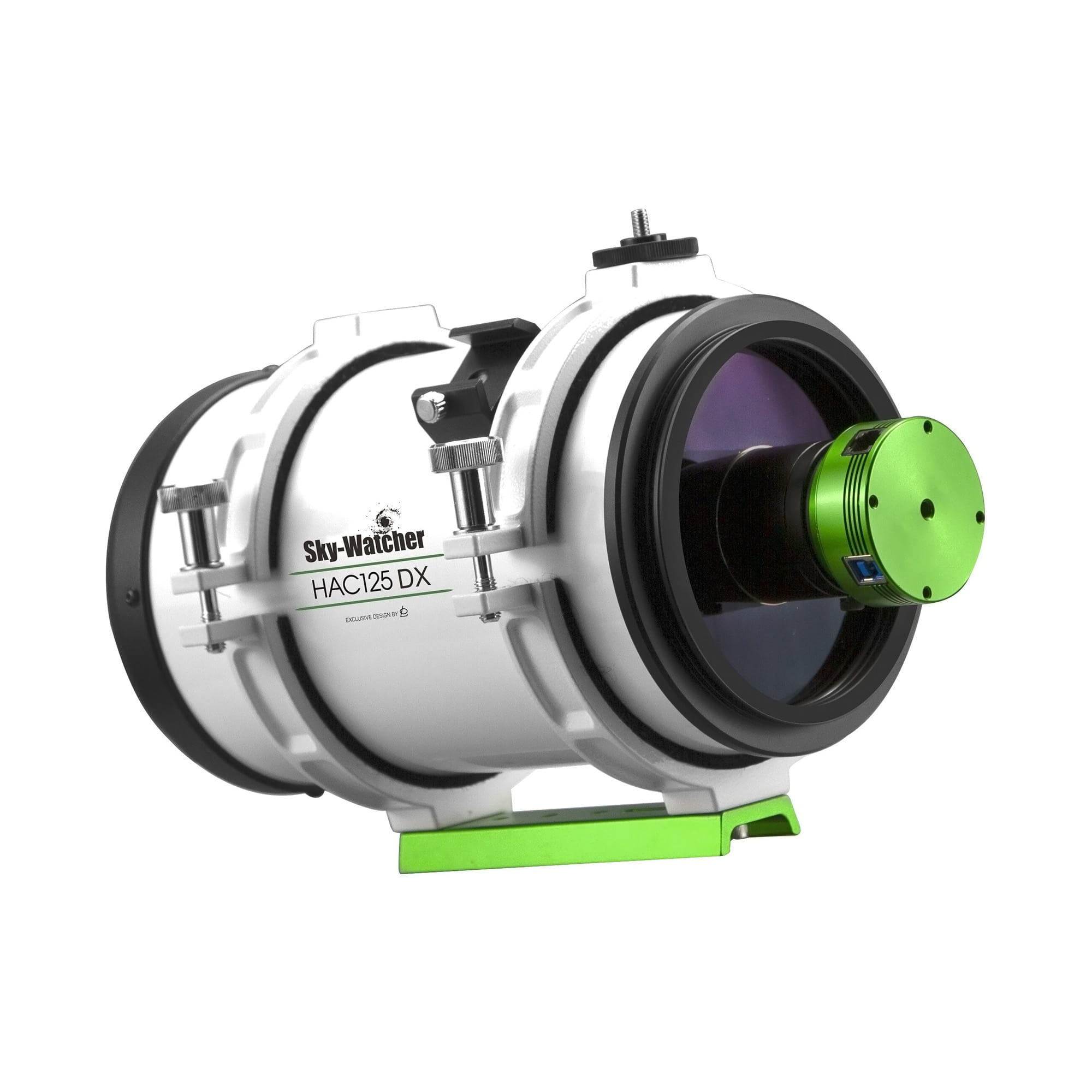The Seestar S50 is an innovative all-in-one smart telescope designed to make astrophotography more accessible to beginners and enthusiasts. Combining a 50mm triplet apochromatic refractor, a high-quality imaging sensor, and a built-in tracking mount, it aims to deliver a seamless experience for capturing celestial objects. With its user-friendly app integration, portability, and an integrated light pollution filter, the Seestar S50 is a significant step forward in simplifying the astrophotography process. This review will cover all aspects of this latest smart telescope from ZWO as well as discussing its strengths and limitations.
Overview
Integrated Design: Combines telescope, camera, and mount for a cohesive and compact setup.
User-Friendly Application: Allows intuitive control and imaging through a dedicated mobile app.
Built-in Light Pollution Filter: Enhances imaging capability in urban environments by reducing interference from artificial lights.
Portability: Lightweight and compact, making it ideal for travel and spontaneous stargazing sessions.
Automatic Tracking and Stacking: Simplifies capturing celestial objects with minimal user intervention.
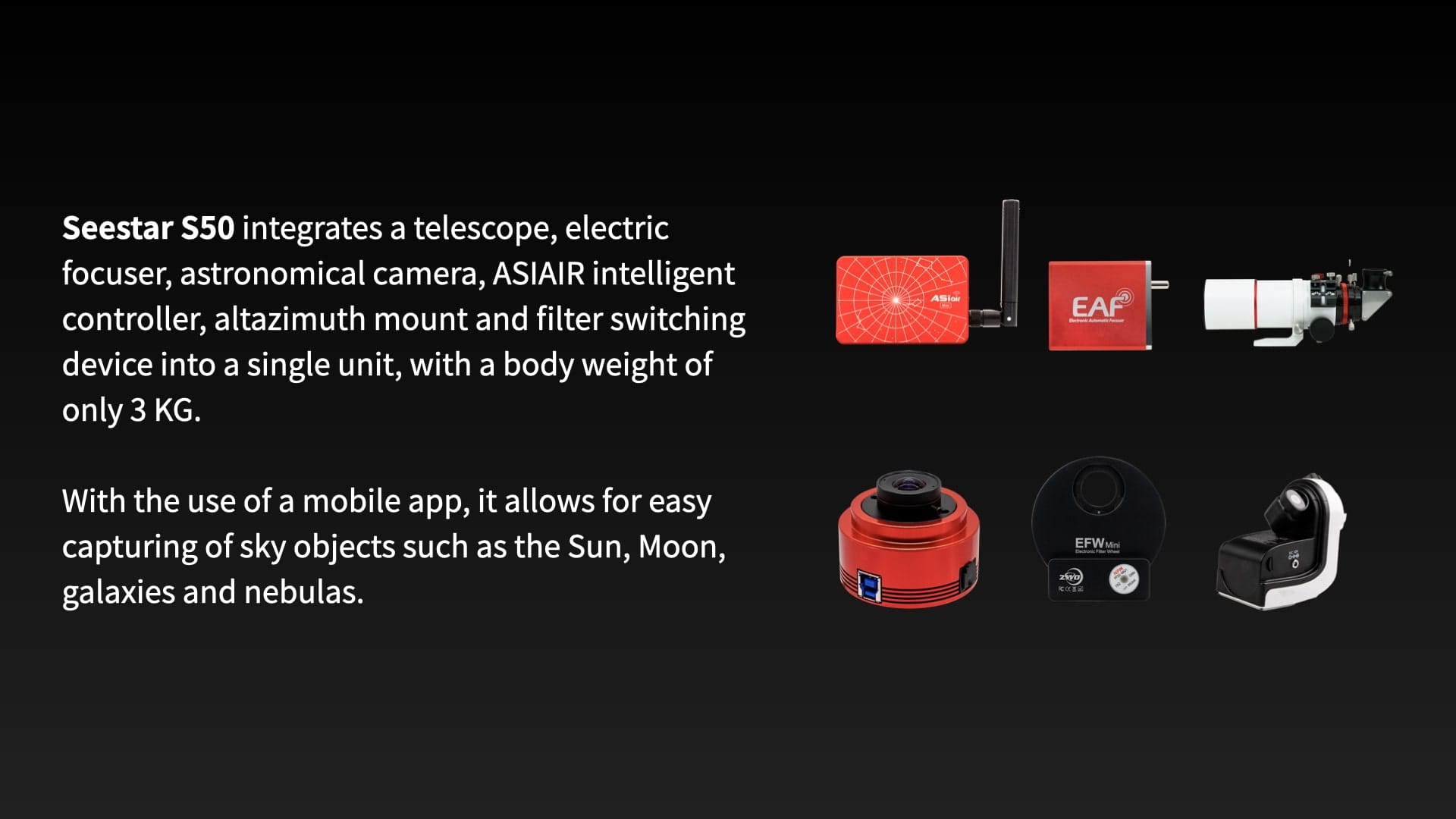
Build Quality and Design
The Seestar S50 features a 50mm triplet apochromatic refractor with a focal length of 250mm (f/5). This optical design ensures minimal chromatic aberration and delivers sharp, detailed images of the night sky. Constructed from high-quality materials, the telescope feels sturdy and well-built despite its compact size.
Weighing approximately 2.5 kg (3 with the included tripod), the Seestar S50 is remarkably portable, allowing users to carry it effortlessly to remote locations. Its minimalistic design integrates all components, including a dew heater to prevent lens fogging during humid conditions and a dual-band light pollution filter that can be toggled on or off via the app. This filter, similar to the very popular L-eNhance, improves imaging clarity by blocking specific wavelengths of artificial light while allowing key emission lines from nebulae to pass through.
Being a smart telescope, the S50 is powered via an internal rechargeable battery, capable of several hours of operation. Alternatively, it can be connected to an external power source (or powerbank) for extended sessions. Overall, the build quality and design strike an impressive balance between functionality and portability, catering to the needs of both urban and remote users.
Performance in the Field
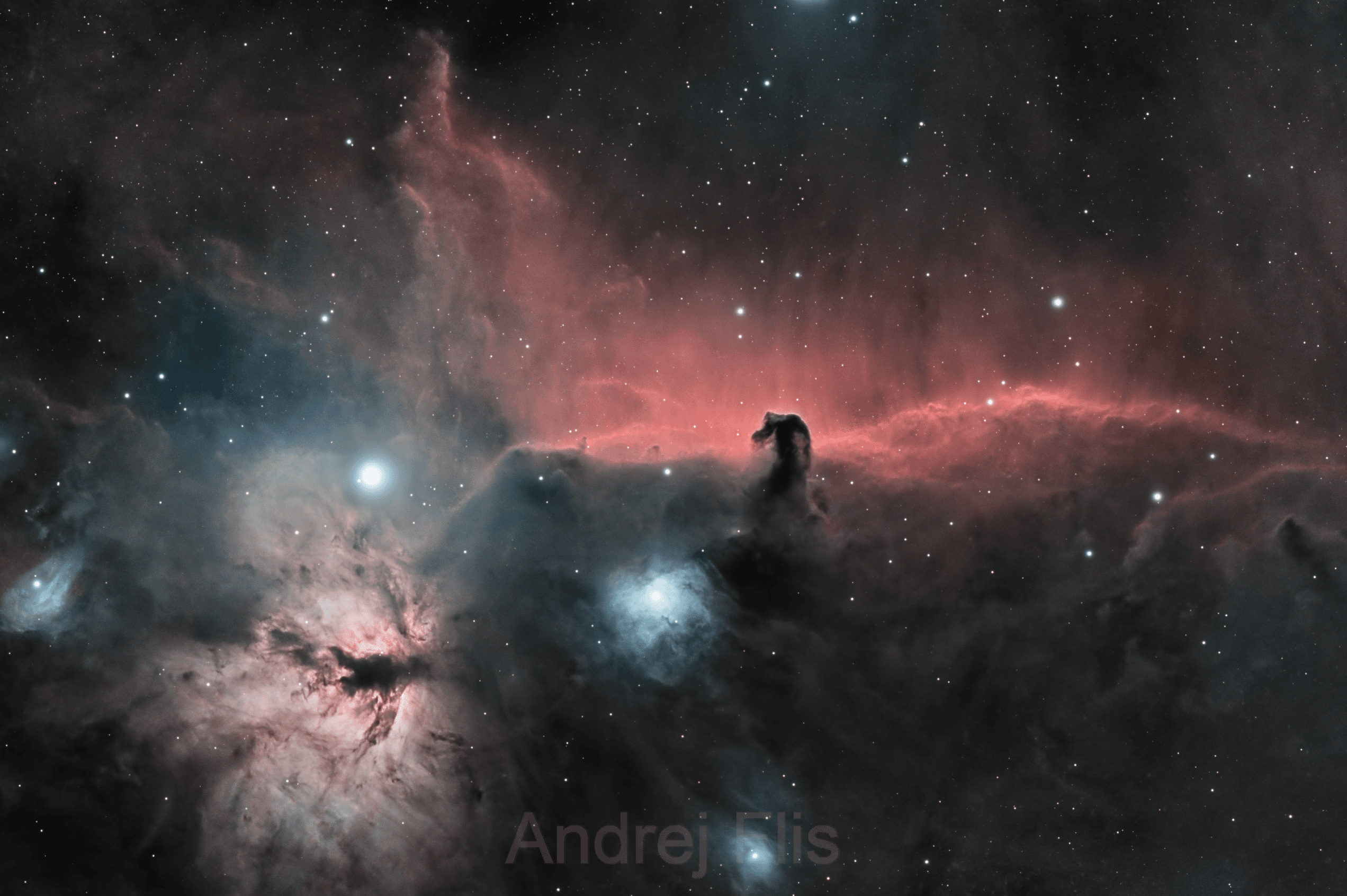
Imaging Capability
The Seestar S50 excels in capturing wide-field images of deep-sky objects, including nebulae, galaxies, and star clusters. Thanks to its integrated light pollution filter, it performs admirably even in suburban environments where artificial light is prevalent. The S50 is able to easily capture crowd favourites such as the Orion Nebula and the Andromeda Galaxy, demonstrating the telescope’s ability to deliver stunning results with minimal effort.
Tracking and Mount
Equipped with an alt-azimuth mount, the Seestar S50 simplifies setup compared to equatorial mounts. This makes it particularly user-friendly for beginners. However, alt-azimuth mounts are inherently limited by field rotation during long exposures. For exposures exceeding 30 seconds, some rotation may be visible at the edges of stacked images (warped stars). While this limitation does not detract significantly from the Seestar’s capabilities for casual imaging, it’s worth noting for users seeking high-resolution or professional-grade results.
User Experience and App Integration
The dedicated app offers an intuitive interface to connect with your smart telescope, making it easy for users to align the telescope, select targets, and initiate imaging sessions. Features like live stacking allow users to see their images improve in real-time as additional exposures are added. This not only enhances the final image quality but also provides an engaging experience for beginners exploring astrophotography.
However, the app lacks the functionality to rotate the sensor for optimal framing (a particular annoyance with the rectangular sensor). This can lead to suboptimal compositions for some targets, particularly larger objects that require precise orientation. Additionally, while the app provides a library of celestial targets, advanced users may find its limited manual control options restrictive.

Luckily in recent updates, a mosaic feature has been published allowing larger field of views to be captured by the S50. This is a free update available on the Seestar app.
Final Thoughts: Strengths and Limitations
The Seestar S50’s all-in-one design, portability, and ease of use make it a compelling choice for beginners and casual astrophotographers. Its ability to deliver impressive deep-sky images with minimal setup effort is a testament to its well-integrated design and thoughtful feature set. However, its reliance on an alt-azimuth mount and fixed sensor orientation may limit its appeal to more advanced users seeking precision and flexibility.
For those venturing into astrophotography or looking for a hassle-free setup, the Seestar S50 offers an excellent balance of simplicity and performance. It provides a gateway to capturing stunning celestial images without the steep learning curve often associated with traditional astrophotography equipment.
With its focus on accessibility and performance, the Seestar S50 represents a significant advancement in simplifying astrophotography. While not without its limitations, it serves as an excellent entry point for enthusiasts eager to capture the wonders of the night sky.
Be sure to also check out my review and comparison of the Seestar S30 – the S50’s latest little brother!

